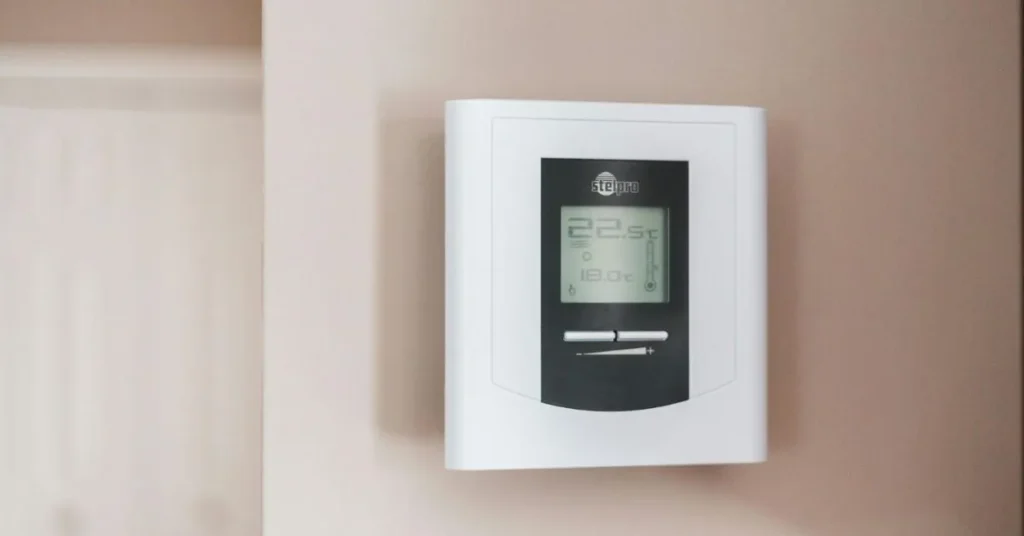With energy prices increasing exponentially, it is imperative to conserve as much power as possible. Making small adjustments within your own home can drastically cut electricity bills while lessening environmental impacts.
Switching off electronics and unplugging devices when not in use can reduce “phantom” power usage and energy costs, and switching to LED lighting will further save on costs.
Contents
1. Turn off your electronics
Many devices continue to draw power even when switched off, known as “phantom” electricity usage, and this “phantom” electricity use could account for anywhere between 5–10% of your overall home energy use and $100 annually.
Simply switching to Energy Star certified appliances and smart power strips are two easy ways to reduce wasted energy consumption. Or just develop the habit of unplugging devices when not in use – both practices help avoid electricity waste while simultaneously decreasing carbon footprint.
Stereo equipment, televisions, cable boxes and kitchen appliances all need to be unplugged from time to time for optimal functioning. While it might not be practical to unplug every device in your home every night, you should make it a habit of unplugging any rarely-used electronics at regular intervals.
If you have multiple electronics that draw power inexplicably, consider investing in smart plugs that you can manage through an app to control their use simultaneously in separate rooms or groups of devices. With such solutions in place, entire rooms or groups of devices can be shut off simultaneously and all at the same time.
Your electronics should also be shut off each night in order to conserve energy, save energy and protect them from sudden power surges that could harm them. Sleep mode or hibernate options may work here or unplugging everything altogether may work better.
Simply switching over to LED bulbs (which require slightly more money up-front but can save up to 80% more energy than traditional bulbs), lowering thermostat settings, using natural ventilation or passive solar heating/cooling and using natural ventilation can all help save power.

2. Switch to LED lighting
Lighting accounts for up to 15% of your energy costs in your home, making LED bulbs one of the most cost-effective ways of cutting back. LEDs use up to 80% less electricity than traditional incandescent bulbs while lasting 50 times longer, saving an average of $225 annually on your electric bill and helping decrease greenhouse gases produced.
Switching to LEDs is usually straightforward: simply remove your old bulbs from their sockets and swap in new LED bulbs. However, if your fixtures use low voltage pin systems (pins), changing out transformers might also be necessary; in this instance, look for LED bulbs with built-in circuitry or which are compatible with existing transformers as they will make life simpler.
Upgraded LED lighting provides commercial buildings with an outstanding opportunity to lower energy costs, as its fixtures use less power while lasting up to 25 times longer than fluorescent bulbs – offering significant savings in both energy consumption and maintenance costs. You can visit this site to learn more.
LEDs produce far less heat than incandescent bulbs, decreasing your heating systems’ need to run as often to compensate and thus allowing you to reduce energy bills while maintaining comfort in your building.
Many utilities and energy efficiency program sponsors offer financial incentives in the form of mail-in rebates or buy-downs to encourage use of energy efficient lighting products such as certified bulbs and fixtures, decorative light strings, ceiling and ventilating fans with light kits and other LED products. These rebates or buy-downs may help offset initial purchase costs of these products while also speeding up their return on investment for your business.

3. Automate your lights
Home lighting automation is an effective solution that helps conserve power. There are various solutions you can use to automate your lights, such as smart bulbs, switches, or plugs (which come in especially handy for appliances like stereos, DVD players and kitchen appliances that eat up energy 24/7). This is a very effective way to save electricity. You can visit bestestrøm.no/hvordan-spare-strøm/ for more tips. Incorporating a few into your routine can really add up.
Timers are one of the most convenient solutions allowing you to turn lights on or off at specific times without ever needing to flip a switch – perfect for making sure porch lights are on for guests at night and living rooms are brightened when returning after dark!
Presence sensors (also referred to as motion sensors) provide another means of automating lights, providing automatic illumination in response to movement detected within their range and turning on lights that will then shut off after a set amount of time – these are great solutions for areas like entryways, kitchens, laundry rooms or garages that could be used after dark or while you’re away.
Smart lights and sensors often come equipped with settings that enable remote control via an app on your smartphone, or voice activation such as Alexa or Google Assistant.
These apps can help you build custom automations based on how you use your home, as well as work seamlessly with larger ecosystems like security cameras or doorbells that let them interact seamlessly together – more than simply lighting it when you arrive home; for instance they could switch random lights on to give an illusion that someone is home while you aren’t there.

4. Turn down your thermostat
Turning down your thermostat for eight hours during the day will save energy – and one of the easiest ways to lower your electric bill.
Reducing energy usage by keeping an already warm home at an appropriate temperature requires significantly less effort than starting from cold. Making this a part of your routine shouldn’t be hard – simply change the thermostat before bed and leaving for work or school so your house can cool off during the day, then return home to find it toasty warm without using much power!
Most thermostats feature up-and-down arrow buttons to increase or decrease their settings, giving you control of how your thermostat behaves during different parts of the day and night. Adjusting it by just a few degrees could save significant money on energy costs!











